From Humble Beginnings: How a Young Girl from a Rural Village Became a Global Icon
In the remote mountains of Tennessee, a young girl from a poor family found joy in singing to animals on her porch. Despite the hardships of being one of twelve siblings, her dreams carried her far beyond her humble beginnings.
Her story began in the heart of the Great Smoky Mountains, where a family of 14 lived without electricity or running water. Life was tough, but they relied on each other and their strong faith to get by. The parents, married young, raised twelve children in a modest two-room house. By their mid-thirties, they had six boys and six girls, creating a bustling, noisy home.
Amid shared chores and a love of music, the children learned to appreciate the little they had. Despite the challenges, they kept their spirits up, finding joy in their close-knit family and simple way of life.
Growing up as the fourth of twelve children in a log cabin near the Great Smoky Mountains, she developed resilience and creativity early on. With no electricity or plumbing, her father even paid the doctor for her birth with a sack of cornmeal—a story she humorously recalls as her “first paycheck.” Life in their crowded two-room cabin was lively, with siblings sharing beds and newspaper-lined walls for insulation. Their mother sewed clothes from scraps, and instead of store-bought toys, the children invented games and played outside, finding joy in simple, resourceful living.
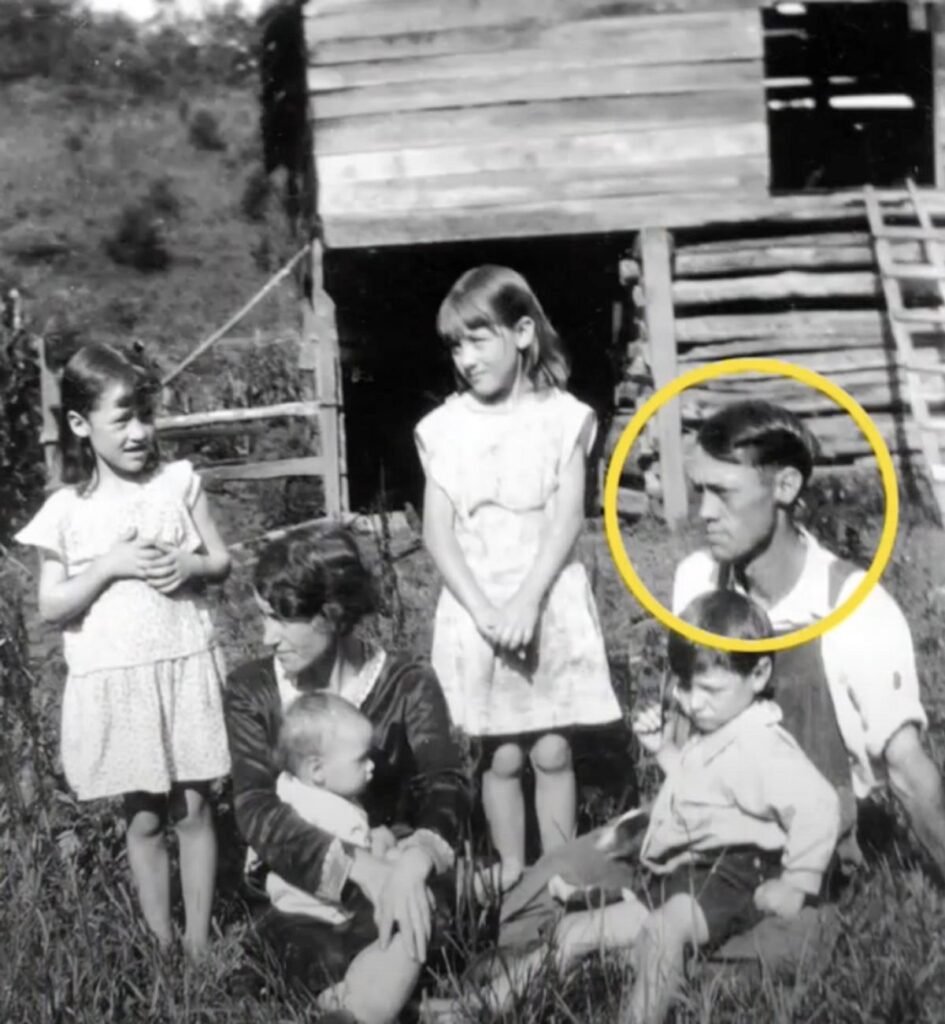
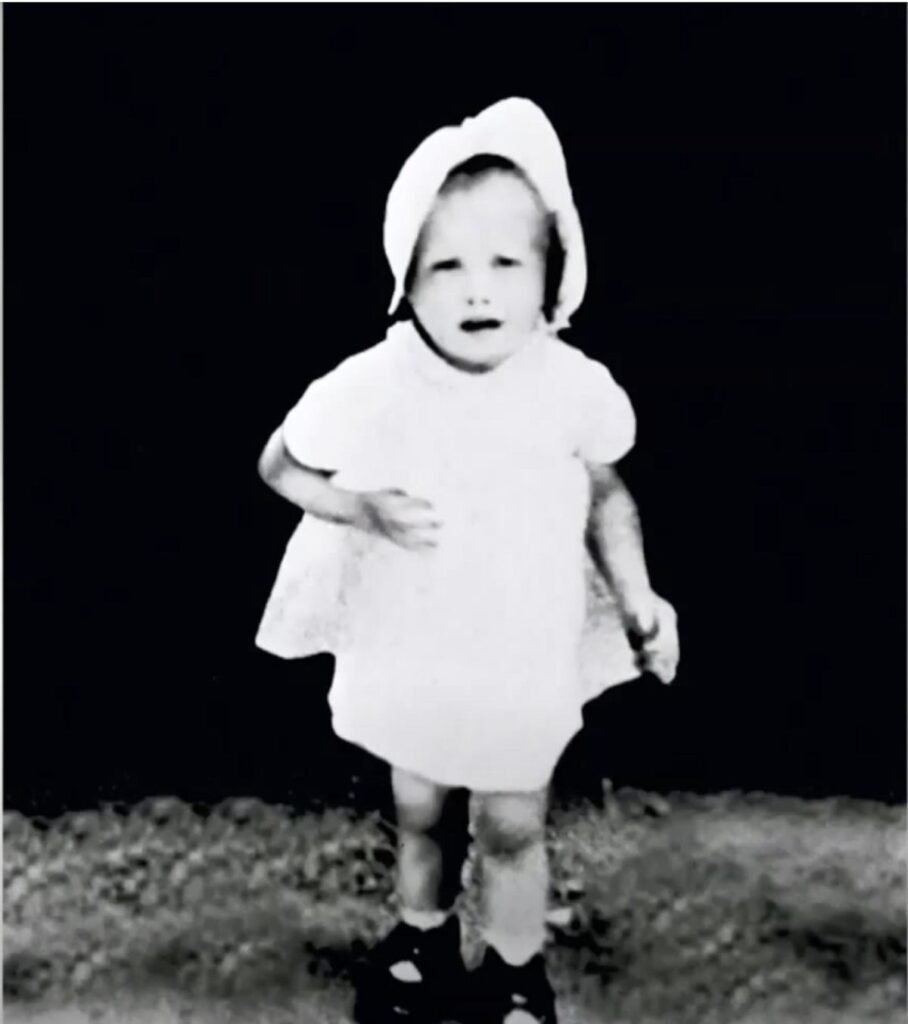
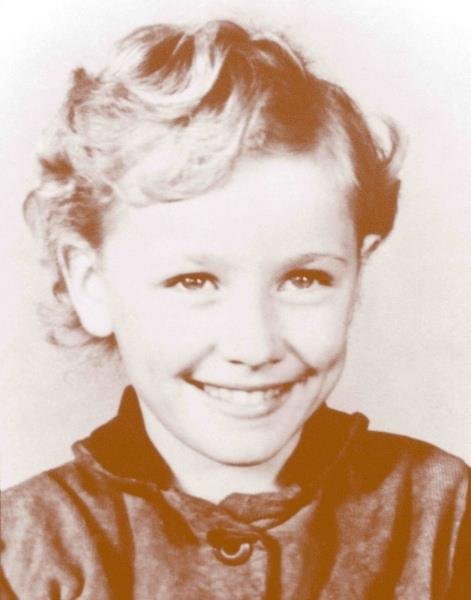
“Outside was just an extension of our house,” she recalled, describing how they ate meals, played music, and did chores outdoors. Despite their limited resources, the family found ways to remain hopeful.
“We were poor, but I never felt poor,” she said. Her parents instilled a deep sense of gratitude, reminding the children that some families had even less—a lesson that stayed with her for life.
Life in the mountains meant making the most of everything. With twelve children to feed, the family depended on hunting and farming for food. Her father, a tobacco farmer, often went into the woods with his shotgun, bringing back whatever game he could find to help sustain them.
“People hear me talk about eating squirrel and groundhogs, but in the mountains, you didn’t have much of a choice,” she explained. They ate whatever they could find—turtles, frogs, even groundhogs, known as “whistle pigs”—prepared to mask the strong flavors.
Despite these tough choices, sharing meals brought the family joy. Beans, cornbread, and game hunted by her father were staples, and every child knew the importance of teamwork. Whether gathering firewood, fetching water, or helping with chores, they learned to work together, making the most of what they had.
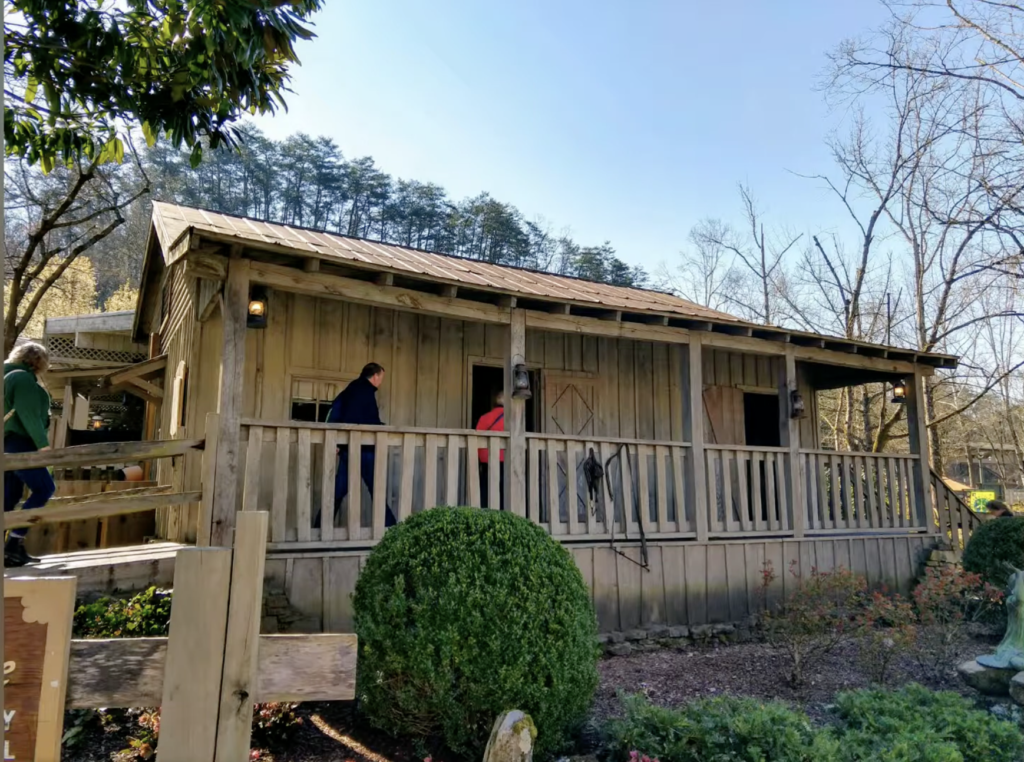
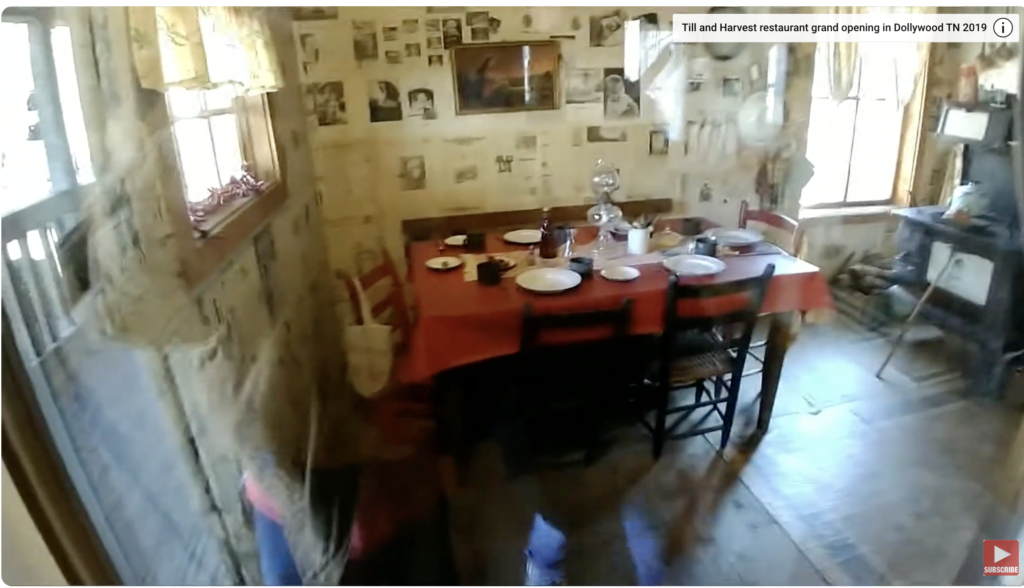
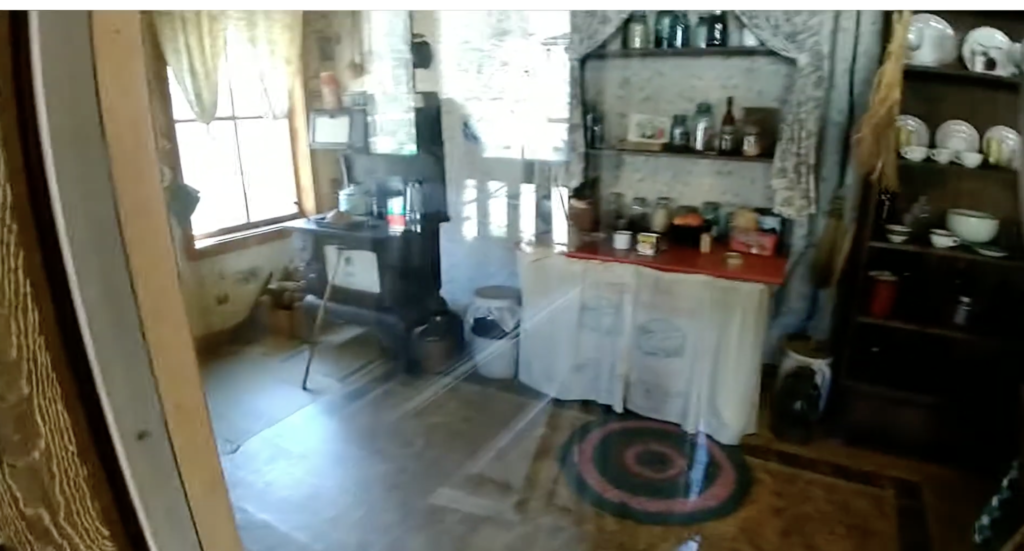
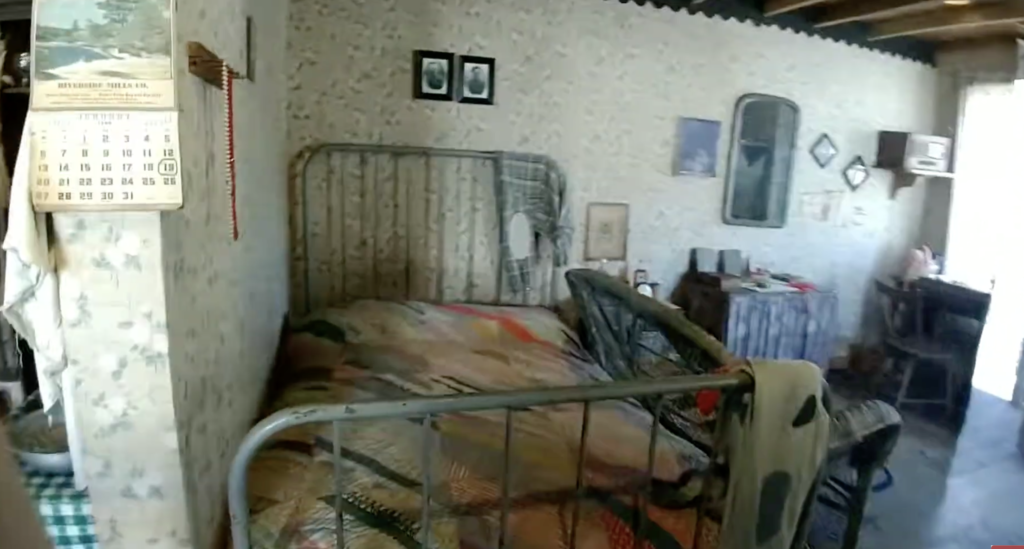
Without electricity, they’d catch fireflies in mason jars to light their small rooms. She recalled how she and her siblings felt content with what little they had, cherishing the love and warmth that filled their home.
Even as a young girl, she dreamed of a life beyond her mountain home. On her porch, she set up a “microphone” made from a tin can on a tobacco stick, singing to an audience of chickens, pigs, dogs, and her siblings. This simple stage was where her dreams first took shape. “I dreamed it, I worked for it, and God was good enough to let me have it,” she later said.
Her family’s love for music fueled her passion. Although they couldn’t afford entertainment, music was always there, especially at church, where she found inspiration and honed her talent. Known for her clear, strong voice, she stood out in her crowded household. Those porch performances were more than play—they were the seeds of her career, as she sang songs of hope, heartache, and dreams.

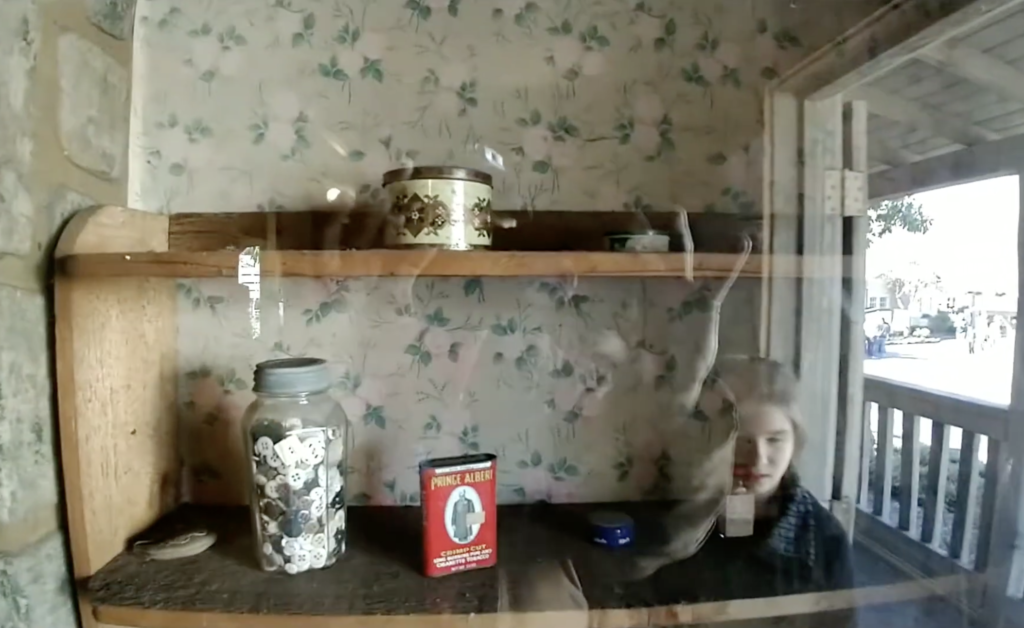

These early days were vital in shaping both her voice and her gift for storytelling—a talent that would define her as she rose to fame. Music became her ticket to the world she dreamed of, and with unwavering determination, she moved forward.
The little girl from the Smoky Mountains eventually stepped into the spotlight she’d once only imagined, carrying the spirit of her humble home with her. That small cabin was more than just a shelter; it was where her dreams began. Years later, she even built a replica of her childhood home, honoring the place that had sparked her journey.
Her journey to stardom began with small stages and big dreams. As a teenager, she started performing at local venues, captivating audiences with her powerful voice and heartfelt songs. Her talent quickly gained attention, leading to appearances on regional radio and TV shows.
By the time she graduated high school, she knew her next destination: Nashville. With only her voice, a guitar, and a heart full of dreams, she set off for the country music capital, determined to make those dreams a reality.
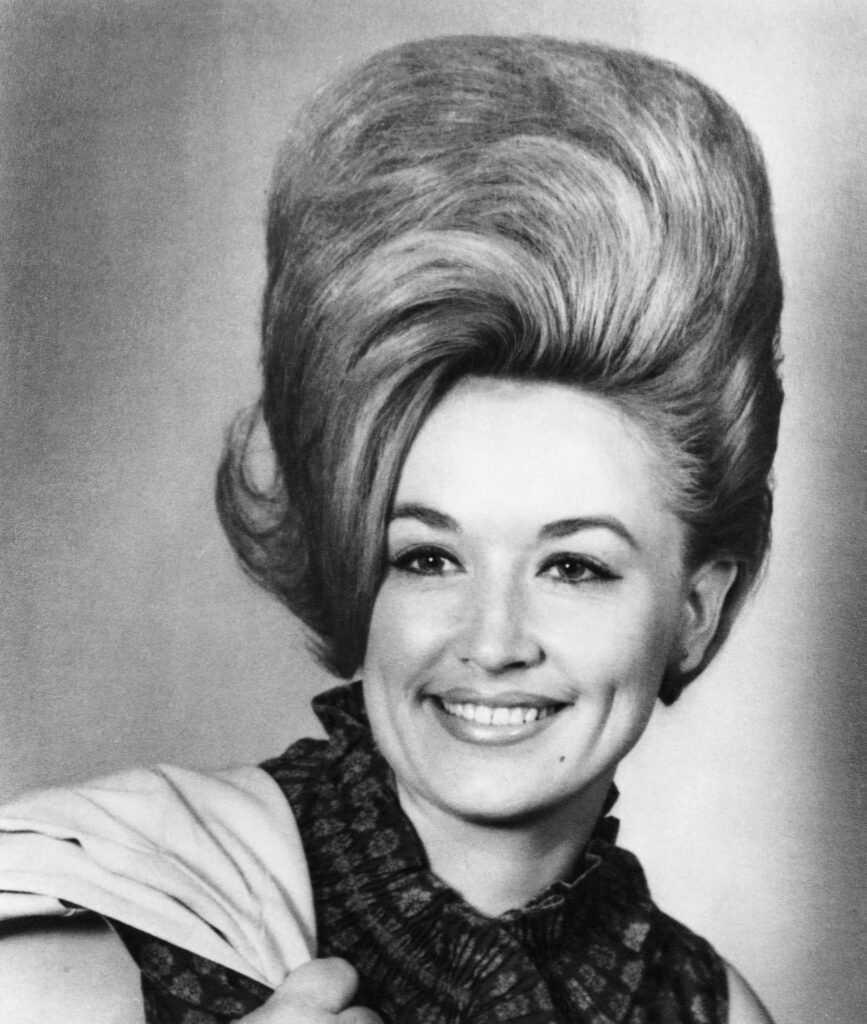
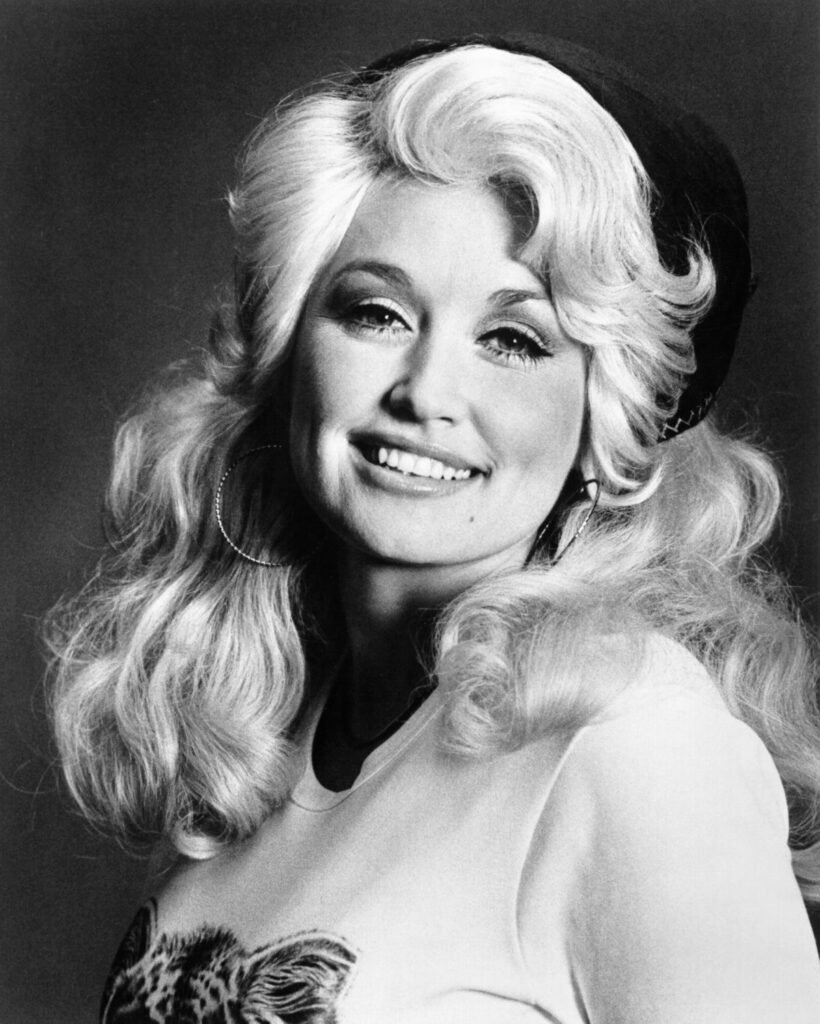
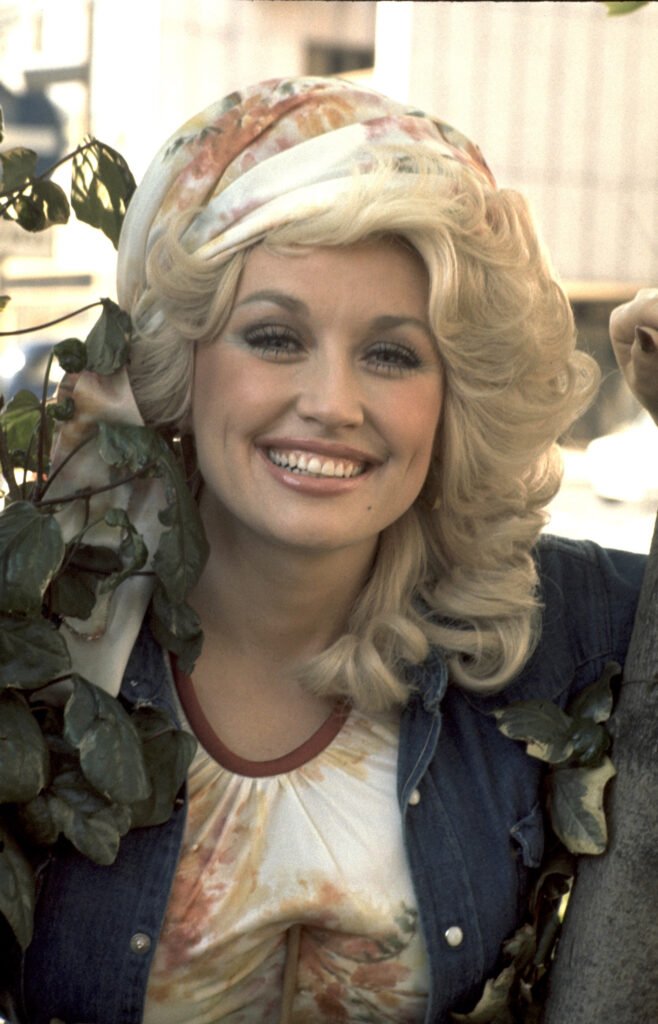
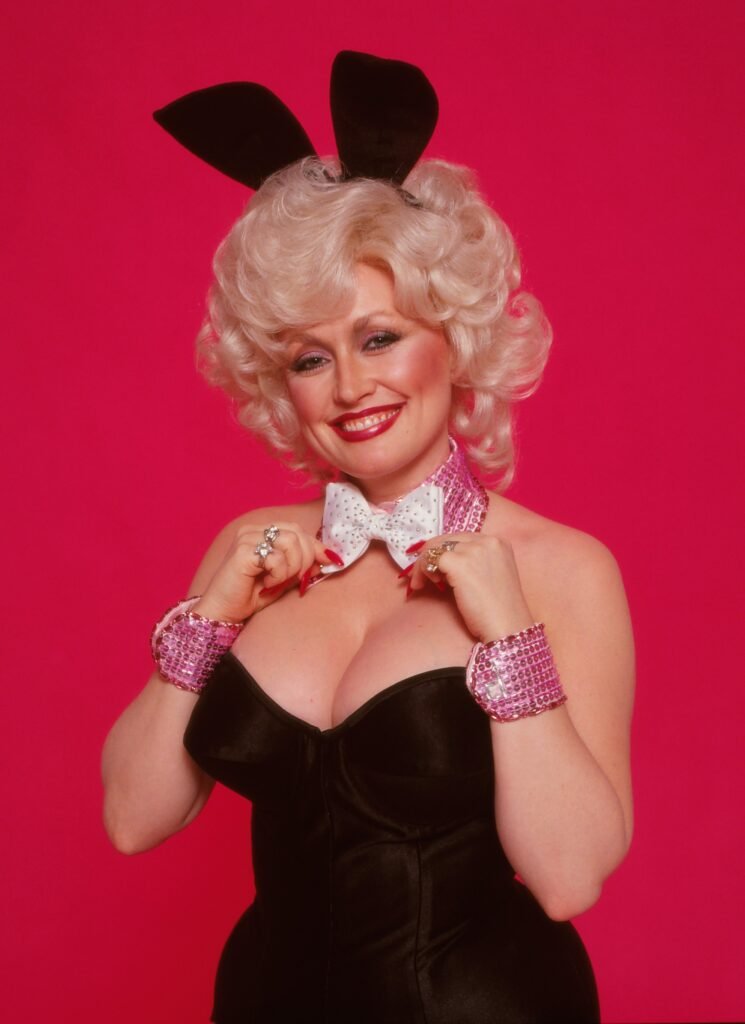
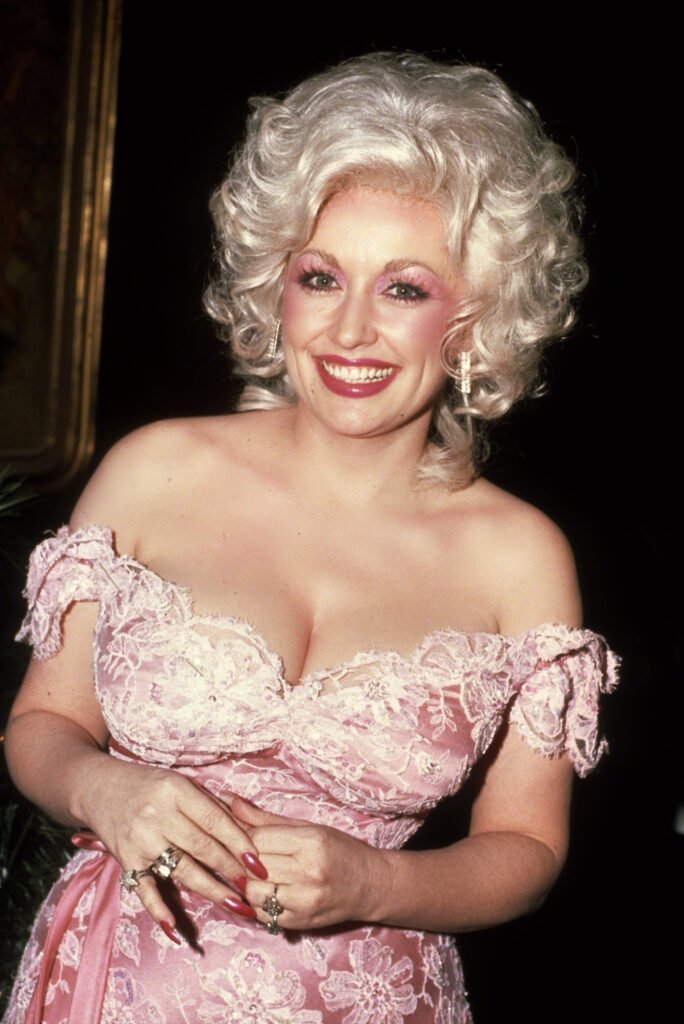
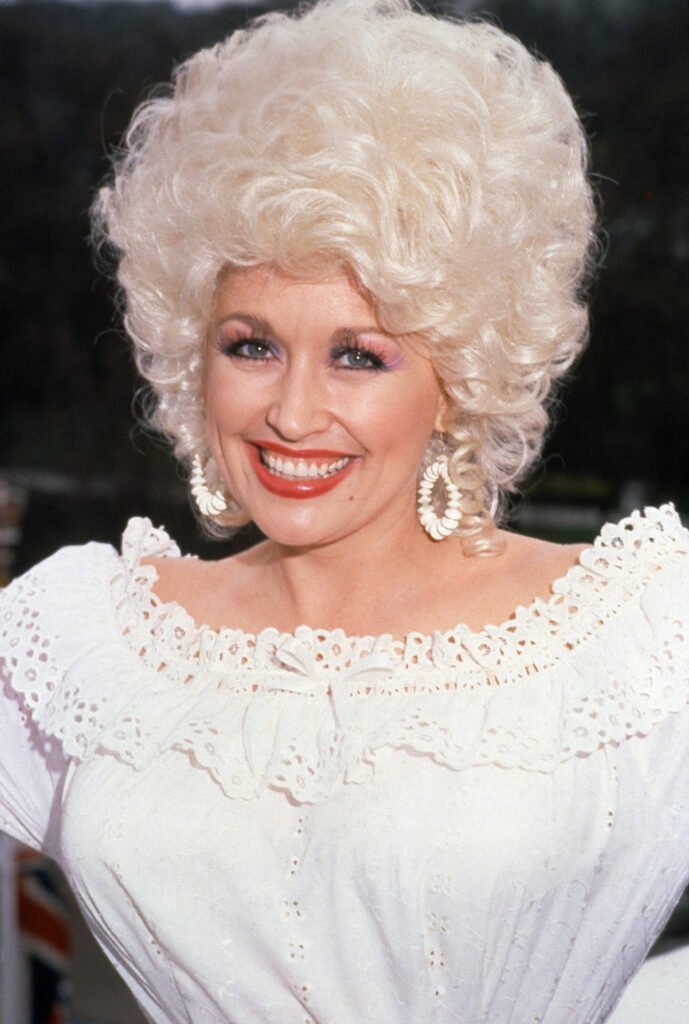

the Smoky Mountains had not only become a singer but a skilled songwriter, with her own songs climbing the charts. Her authenticity and down-to-earth style earned her a growing reputation. Years later, she would reflect on her journey from that humble cabin to the stage, recognizing that the same determination she had as a young girl singing to animals on the porch was the driving force that carried her through every challenge. The girl from the small cabin in the mountains had become a global star, yet she never lost the spirit of the home that shaped her.
That determined girl from the Smoky Mountains was none other than the world-famous Dolly Parton. Songs like “Coat of Many Colors,” inspired by her childhood experiences, touched on themes of love, poverty, and pride. Her music resonated with listeners, telling stories drawn from the lessons she learned growing up. Dolly’s authenticity and ability to connect through her songs transformed her from a dreamer into an iconic figure in the world of country music.

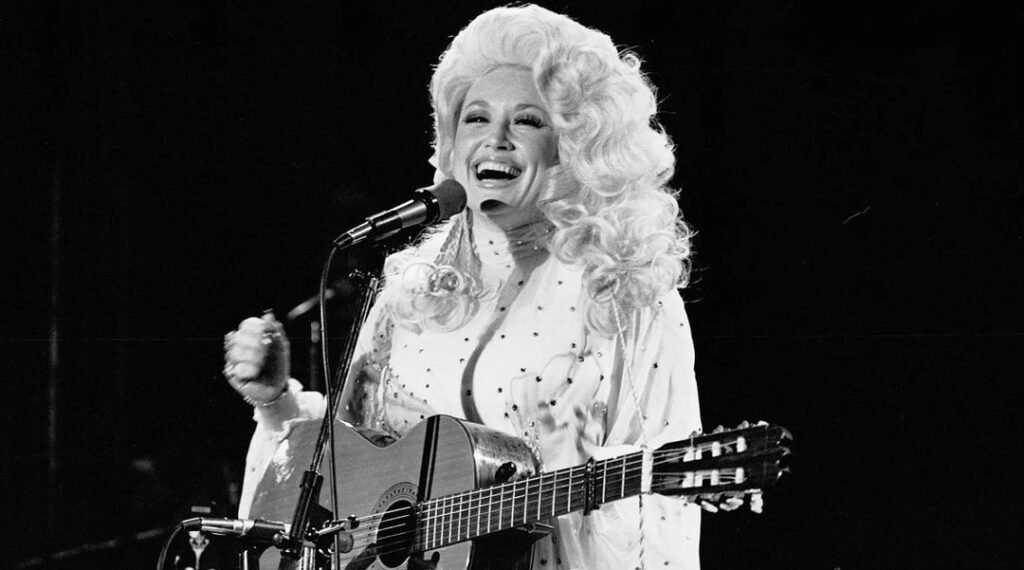



The 1970s and ’80s marked a period of rapid growth for Dolly Parton’s career. She expanded beyond music, starring in Hollywood films like 9 to 5 and Steel Magnolias. Her song “9 to 5” became an anthem for working women, topping both the pop and country charts, solidifying her place as a cultural icon.
Dolly Parton seamlessly balanced acting and music, winning over audiences with her genuine personality and charm. In 1986, she used her business acumen to establish Dollywood, a 150-acre theme park that celebrated her Appalachian roots. Located in Pigeon Forge, not far from her birthplace, the park features a replica of her childhood home at its entrance, crafted by her brother Bobby and decorated by her mother with family memorabilia and furniture.
Throughout her career, Parton has remained deeply connected to her humble beginnings. She takes pride in where she came from and carries that spirit into everything she does. As she once said, “I think people know that I’ve worked hard to get where I’m at and that I’ve stayed sane, for the most part.”
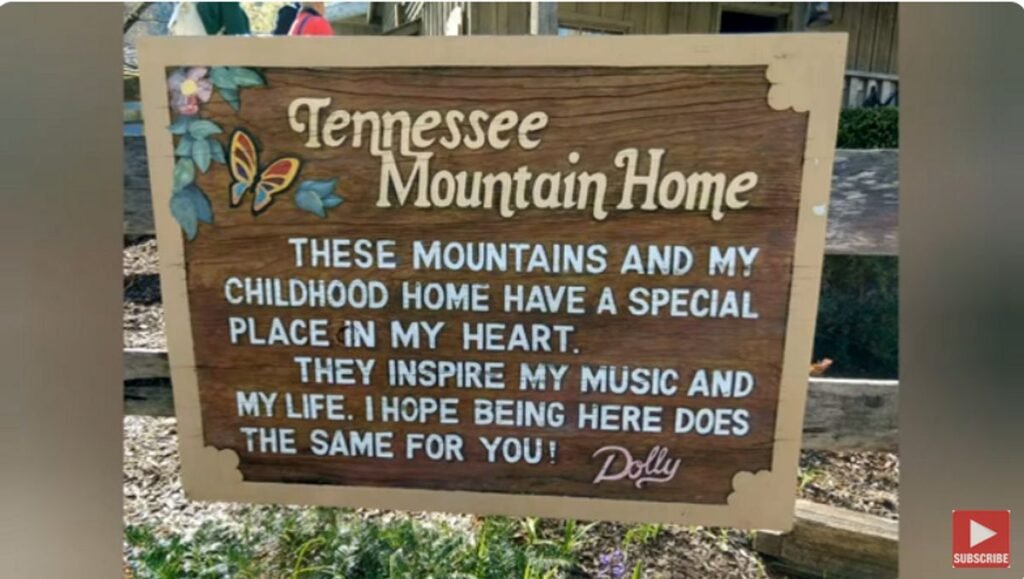
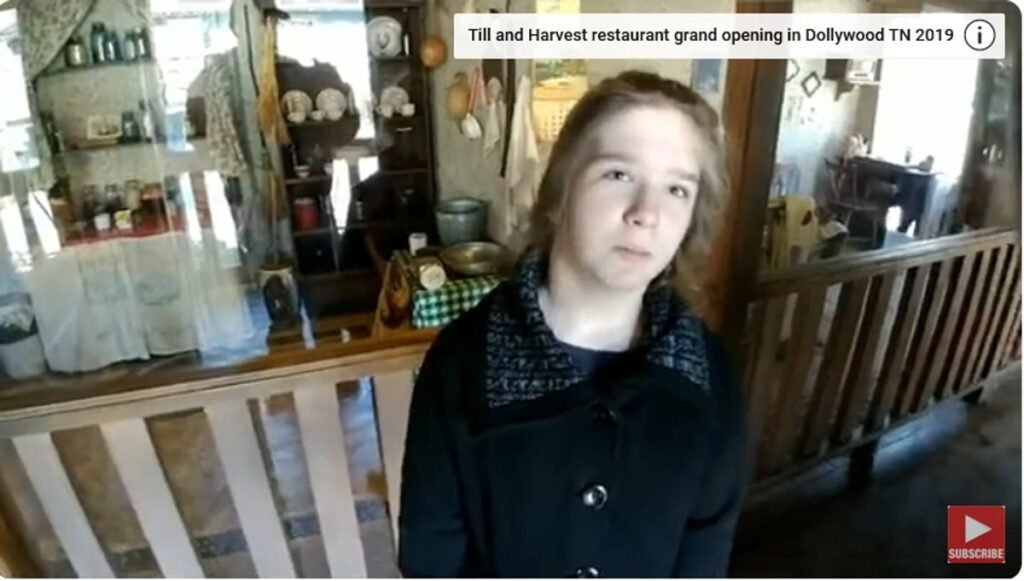
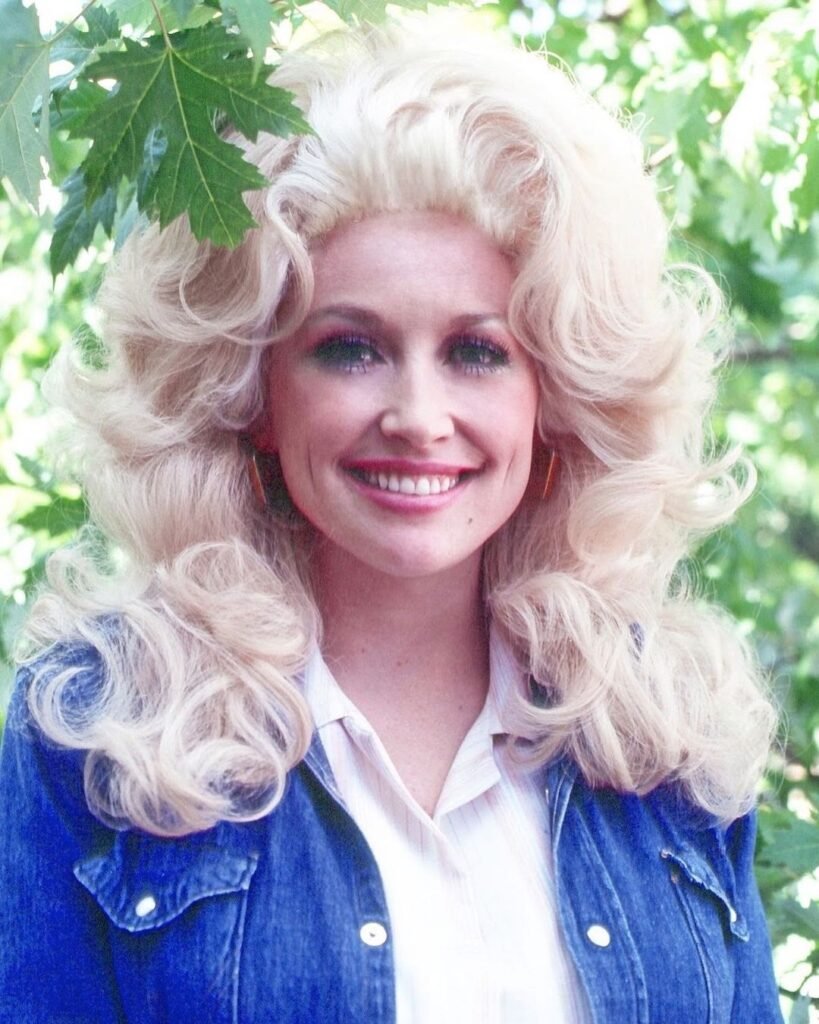
Dolly Parton’s fame and success did not go to her head; instead, they fueled her desire to give back. She used her platform and resources to help others, creating a legacy that extended far beyond her music. Her theme park, Dollywood, brought jobs and opportunities to her community, uplifting the people in her region.
The park features rides, Appalachian craftsmanship, live music, and a museum dedicated to her life and career. In addition, Parton launched the Imagination Library, a program that sends free books to children from birth to age five, aiming to foster a love of reading and learning. Through these efforts, Dolly’s legacy of love and generosity continues to impact countless lives.
Since its inception, the Imagination Library has delivered millions of books around the world, transforming the lives of countless children. This initiative reflects Dolly Parton’s deep belief in the power of education and her desire to provide kids with opportunities she didn’t have growing up. Through the program, she has ensured that children everywhere have access to the tools needed to nurture their love of reading and learning.
In addition to her music and theme park ventures, Dolly Parton opened a chain of dinner theaters, originally called the Dixie Stampede (now Dolly Parton’s Stampede), providing more jobs and entertaining audiences with shows that celebrate history and tradition.
Over the decades, her influence in the entertainment industry has expanded greatly, but she has never lost touch with her humble beginnings. As she put it, “I think one reason people love me is because I love people, and they feel that. They sense it.” Her down-to-earth nature and genuine love for others have made her a beloved figure, both in her community and around the world.
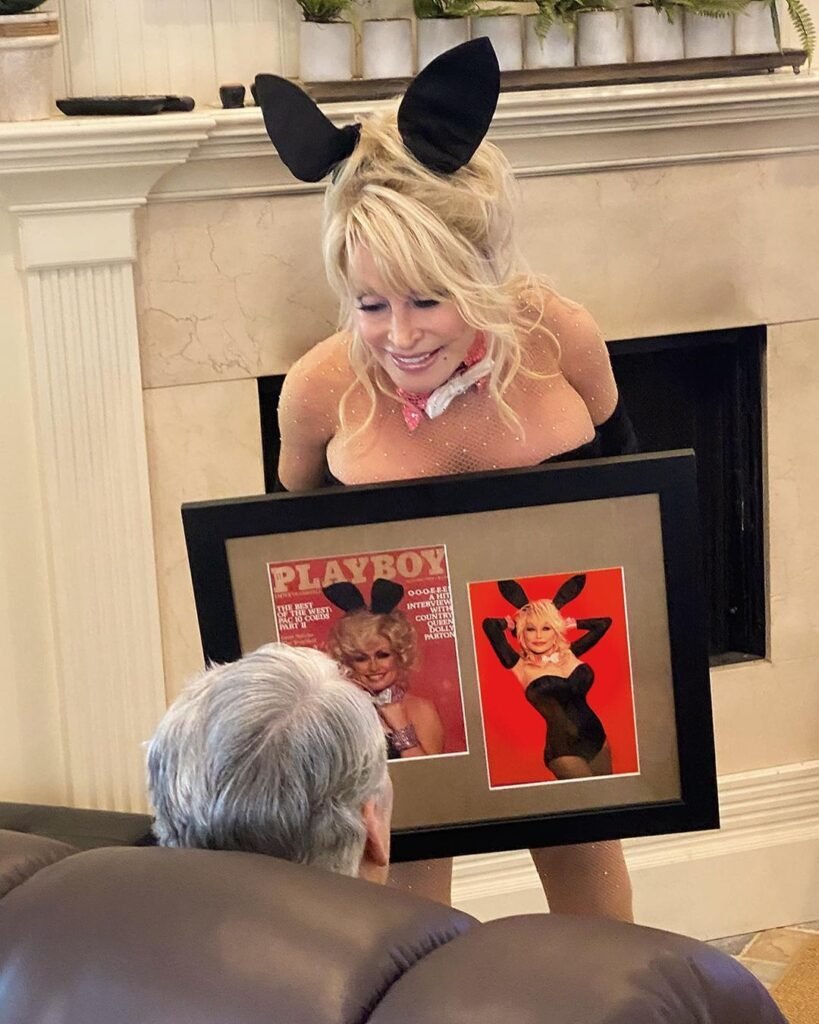


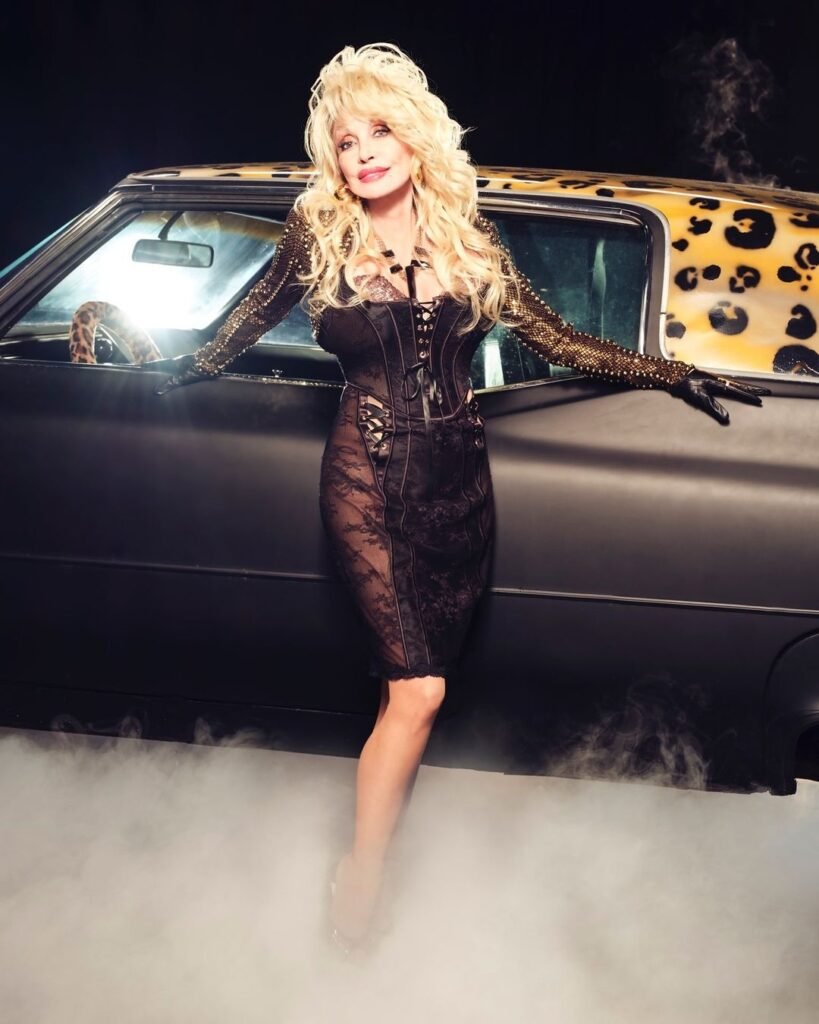

Dolly Parton’s love story with Carl Thomas Dean has stood the test of time. The couple met in the 1960s at a laundromat on Parton’s first day in Nashville. While she was chasing her dreams of stardom, Dean, a quiet and private man, was smitten the moment he saw her. They married two years later, in May 1966, and have been together ever since, despite their contrasting personalities.
Dean prefers a simple life, tending to their farm and staying out of the spotlight, while Parton’s career took her around the world. As Parton explained, “He’s kind of a loner, so he doesn’t really like being with anybody but me.” Despite their differences, they found common ground in love, respect, and humor. Parton often says, “We have a lot of love and respect for each other, and I think the key to all of it—we both have a crazy, warped sense of humor, so we have a lot of fun.”
Dean has always supported Parton’s career from behind the scenes, never seeking attention for himself. His steadfast presence has been a source of comfort and stability, allowing Parton to pursue her dreams while maintaining a sense of home and normalcy. Their love has remained a constant, enduring through the years.
Dolly Parton credits the longevity of her marriage to Carl Thomas Dean to their ability to embrace each other’s worlds while respecting their differences. As she explained, “He loves music, but he’s not in the music business at all, so we have different things to talk about—his world and my world—and we work really well together.” Their mutual respect and understanding of each other’s distinct paths have been key to the success of their relationship, allowing them to thrive both individually and as a couple.
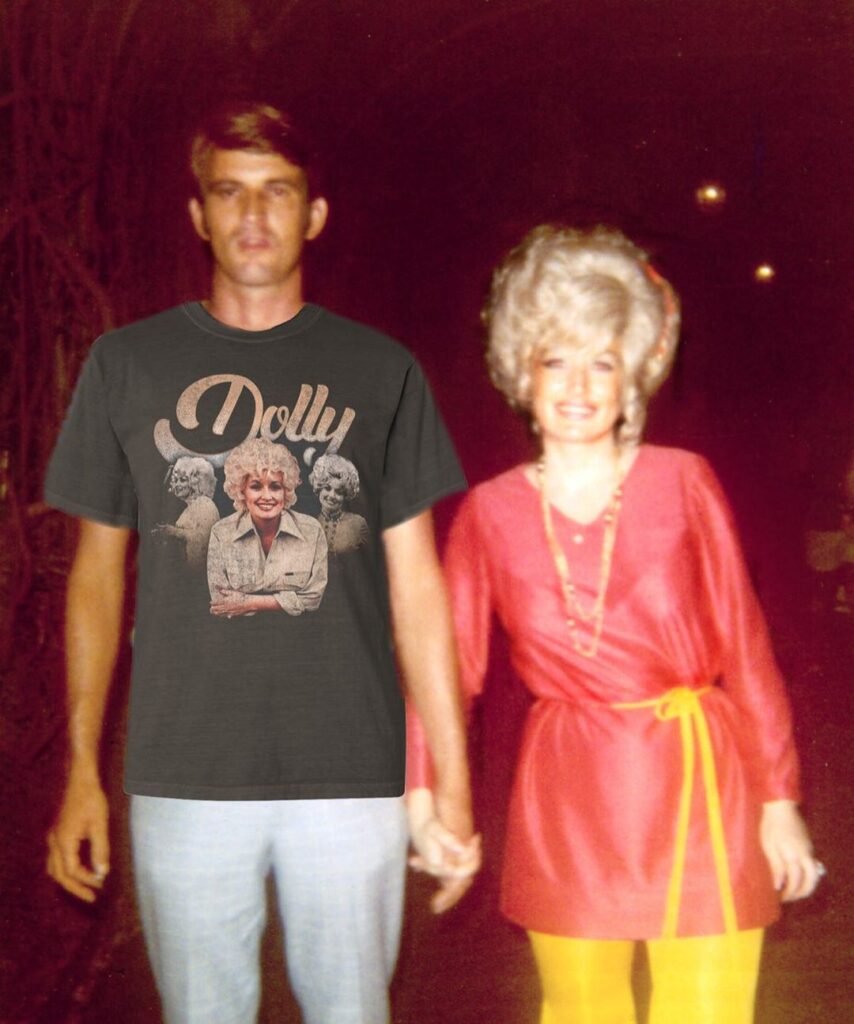
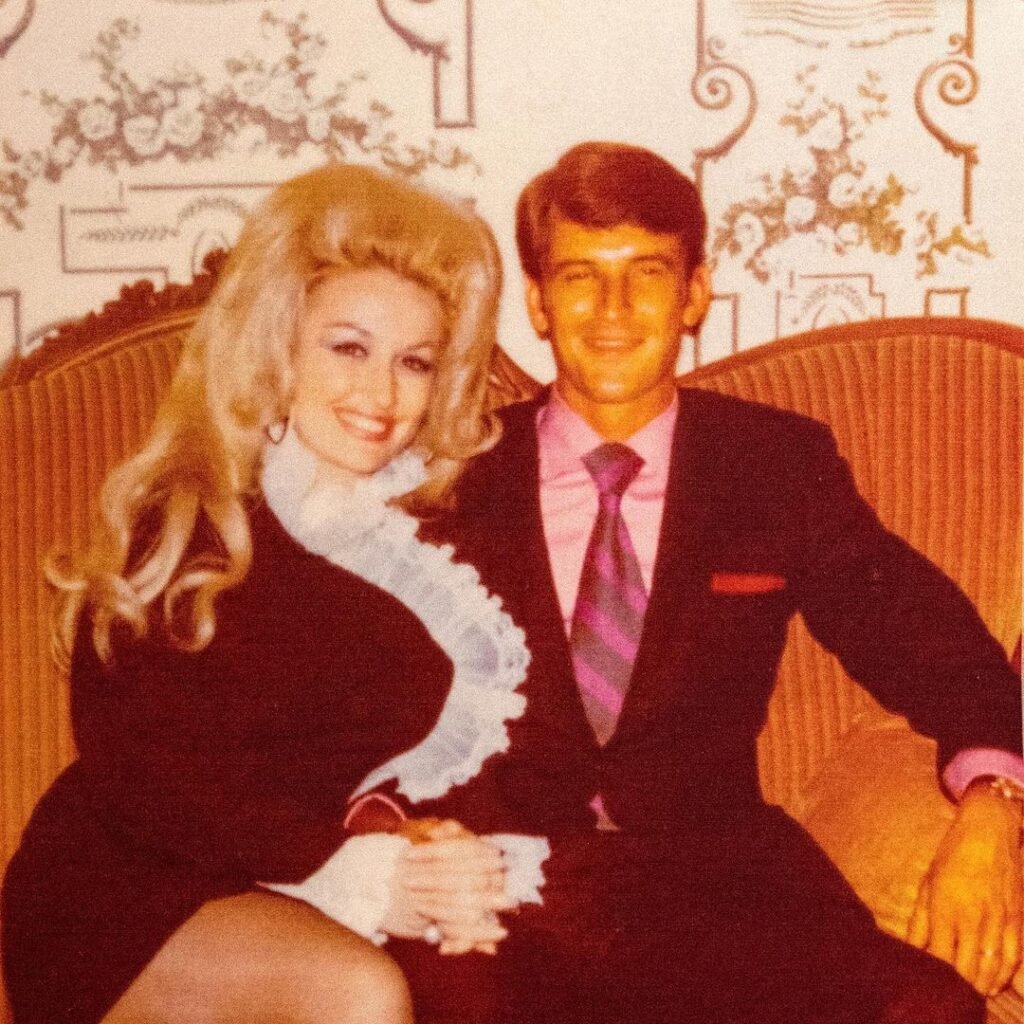
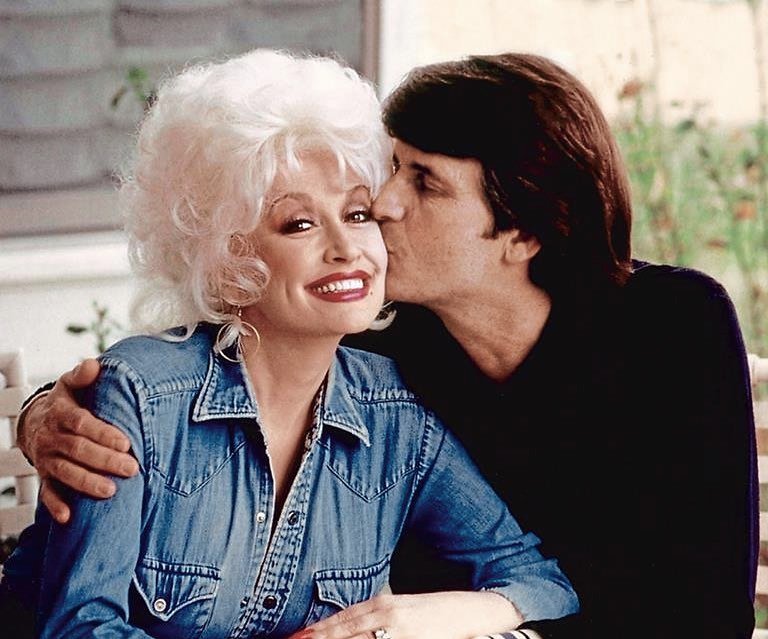
Dolly Parton and Carl Thomas Dean’s marriage, which has lasted over 58 years, reflects their shared values and deep bond. While Parton has always been in the public eye, Dean’s quiet support has been the steady rock she leans on. Their enduring relationship is built on love, respect, and a deep understanding of one another, allowing them to navigate the challenges of fame and personal life together.




